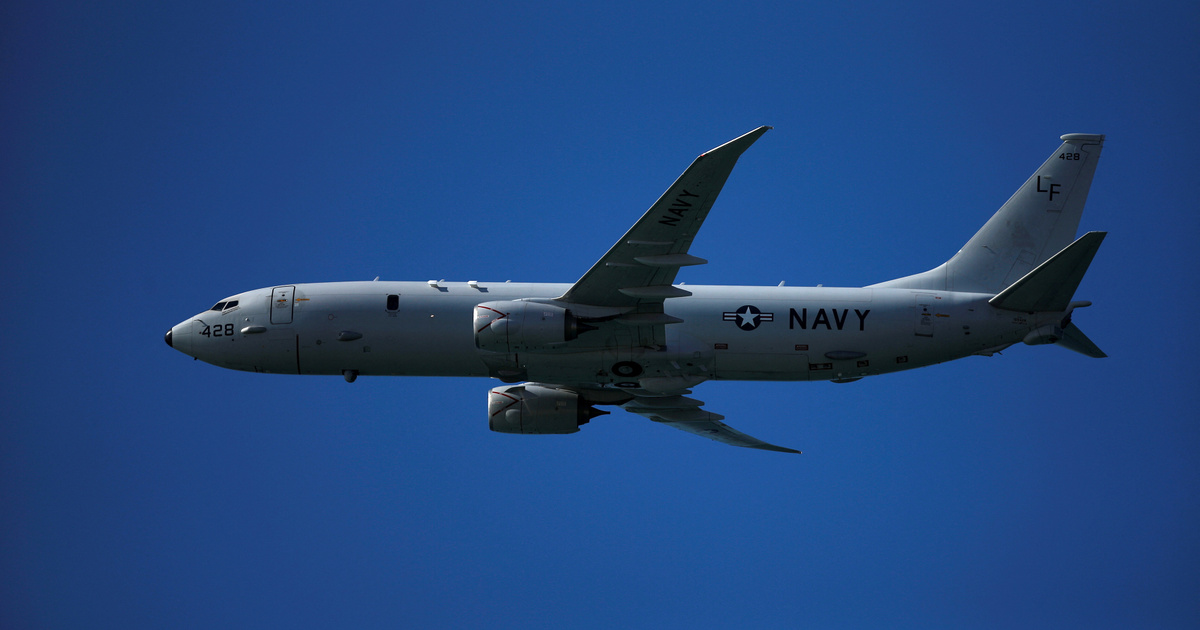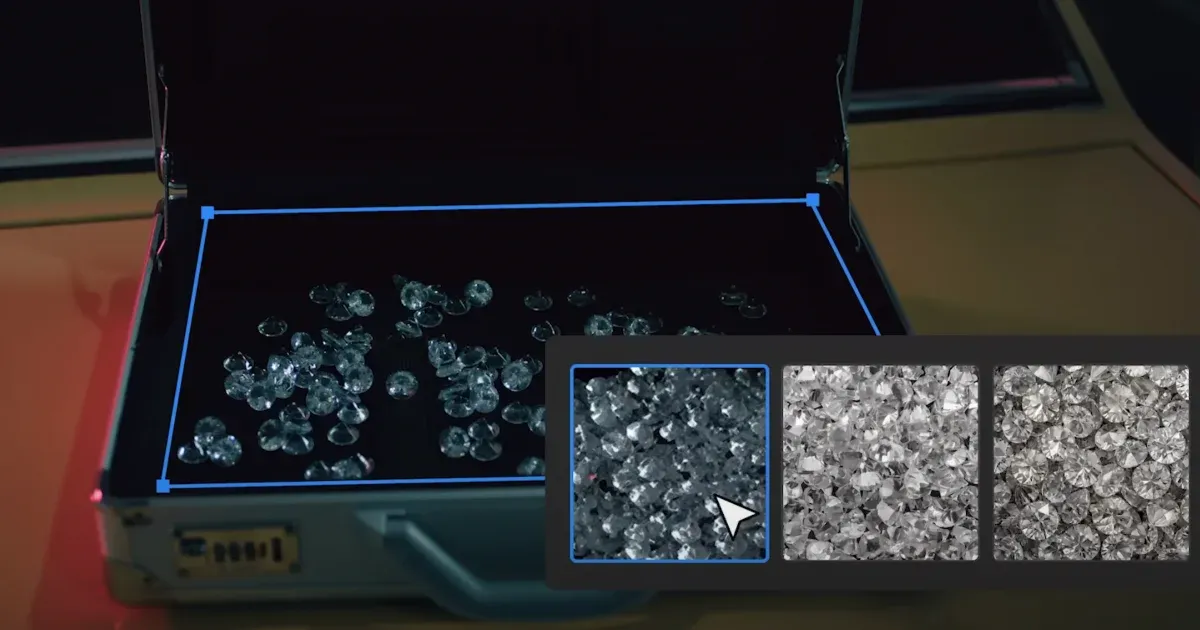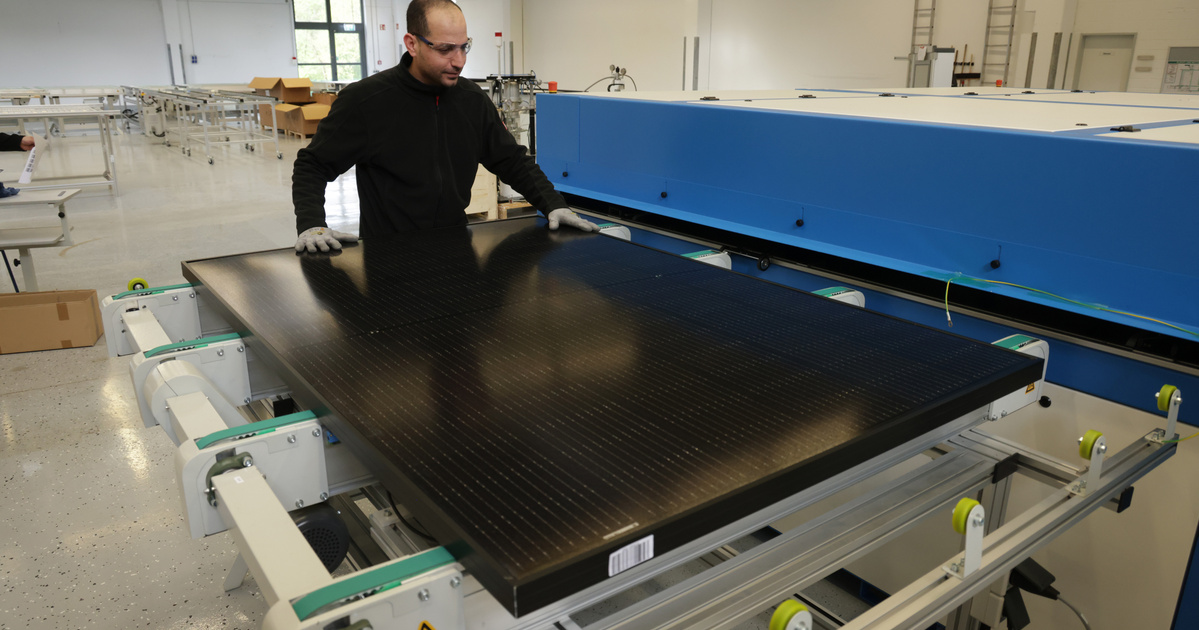The European Space Agency (ESA) is building another 35-meter-diameter dish in Australia. A new antenna for deep space research will be established 140 kilometers north of Perth.
The European Space Agency said on its website that the 620-ton antenna would complement another deep space antenna already on site, but it is another model with new features and will operate on additional communication frequencies.
It will be equipped with the latest communication technology, including a power source cooled to minus 263 degrees Celsius, which can increase data transmission by 40 percent.
The antenna will be so sensitive that it can detect much weaker signals, even a cell phone signal from Mars.
The European Space Agency’s deep space stations support an increasing number of spacecraft, such as Gaia, BepiColombo and Solar Orbiter, or soon the ExoMars, Euclid and JUICE spacecraft that monitor Jupiter and its icy moons, and will assist in upcoming missions, such as the Hera and Sun weather mission.
The European Space Agency has allocated 45 million euros (16.2 billion HUF) for Australian investment, which covers not only the construction of the antenna but also the modernization of the terminal buildings and services. Although the main contractor comes from a member state of the European Space Agency, a large portion of the budget is spent in Australia, including many Australian companies. The European Space Agency (ESA) Earth and Antenna Station in New Australia, Western Australia, is operated by CSIRO, the Australian National Science Agency. CSIRO also operates NASA’s Deep Space Communications Complex in Tidbinbilla, near Canberra. Deep space antennas help to communicate with spacecraft launched from Earth. The number of deep space missions is rapidly increasing, and with it the ability to communicate with these tools, download commands and updates, and download valuable scientific data is needed.
The European Space Agency’s large antennas can communicate with spacecraft up to 1.44 billion kilometers from Earth and in the future.
But the antenna can only communicate with two devices simultaneously if they are close enough to each other, for example, both of them are on the surface of Mars.
However, there will be an increasing need to maintain frequent contact with spacecraft in various parts of space, such as Mars and Mercury. To keep these missions safe and make the most of the data it collects, the European Space Agency needs more antennas.
With the new antenna built, they will be ready by 2024, just in time to join the JUICE (JUpiter ICy moons Explorer) missions and Hera missions in the second half of the year.
(ESA / MTI)











































